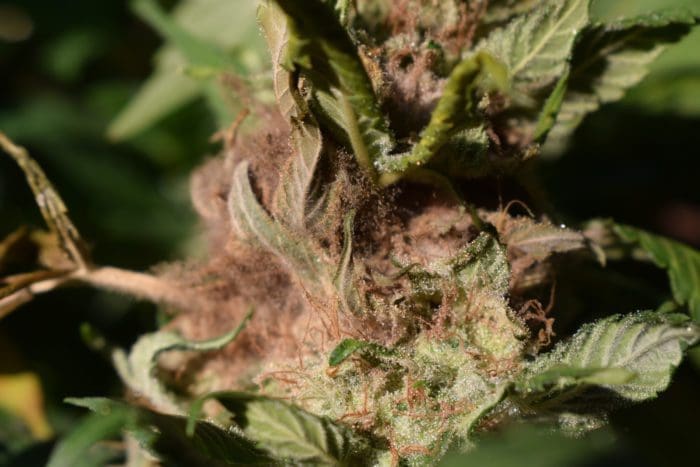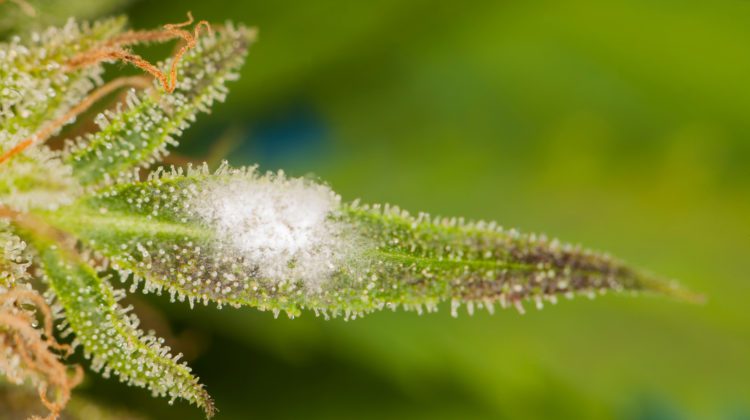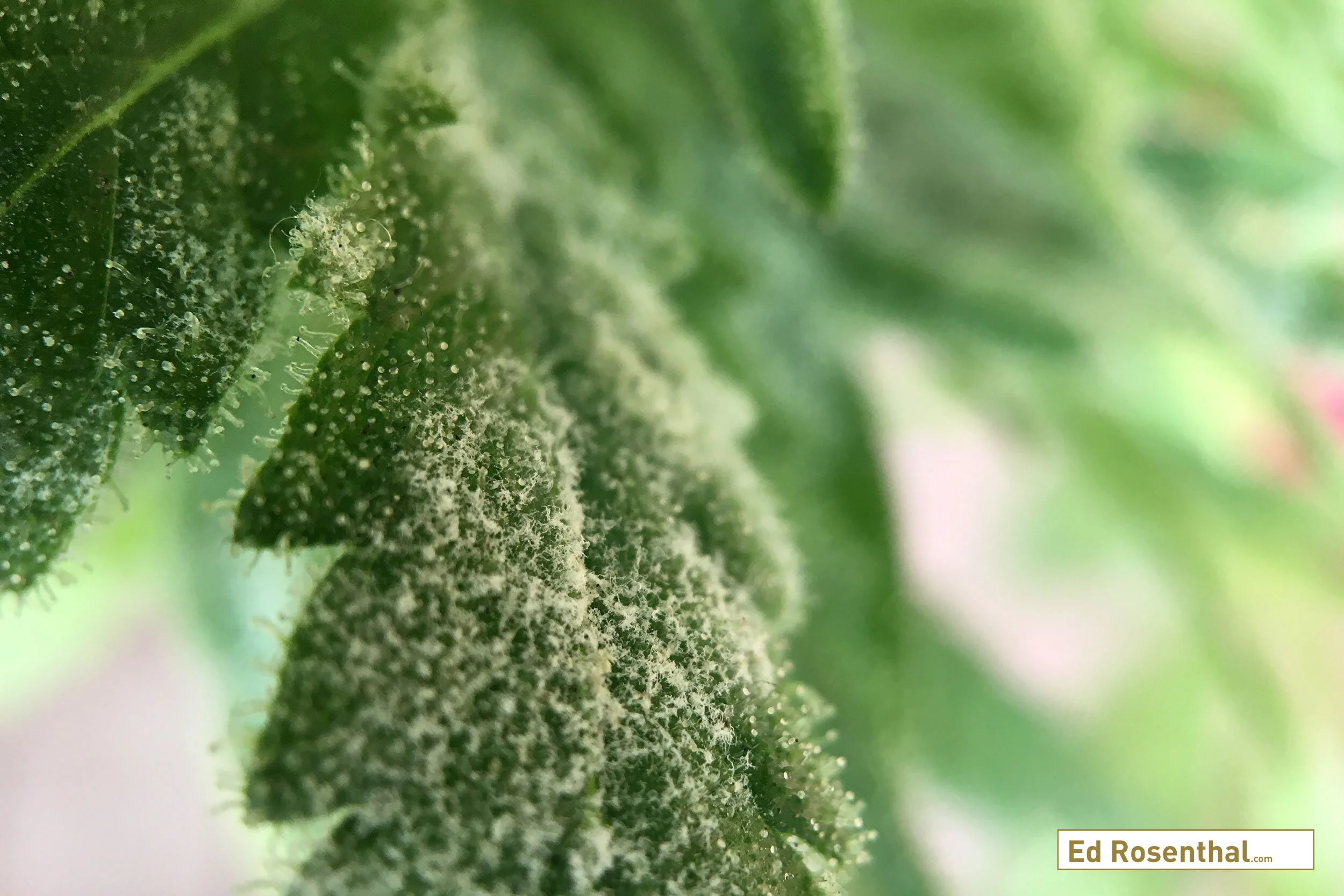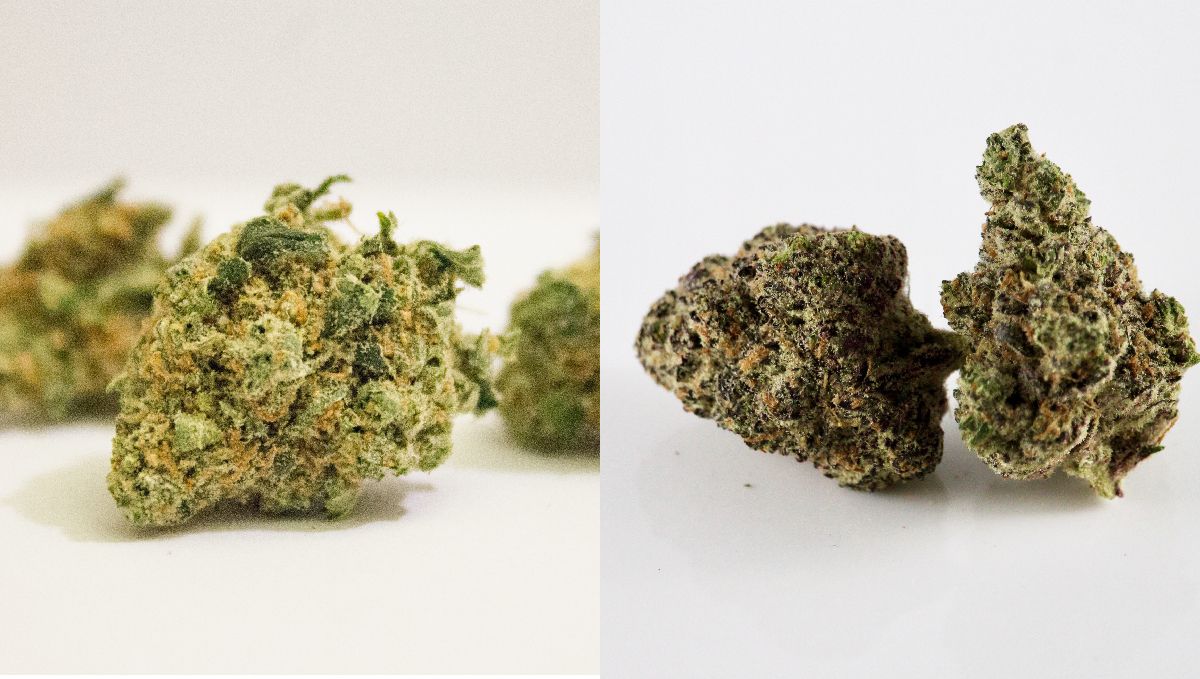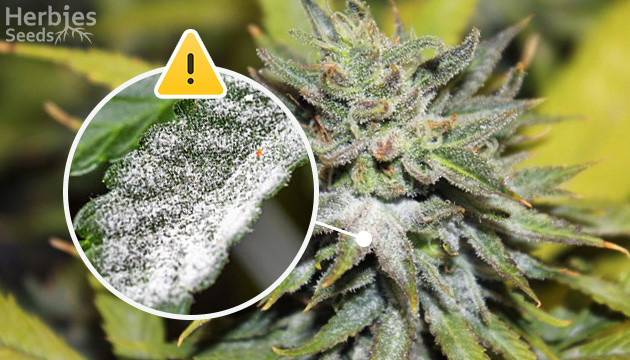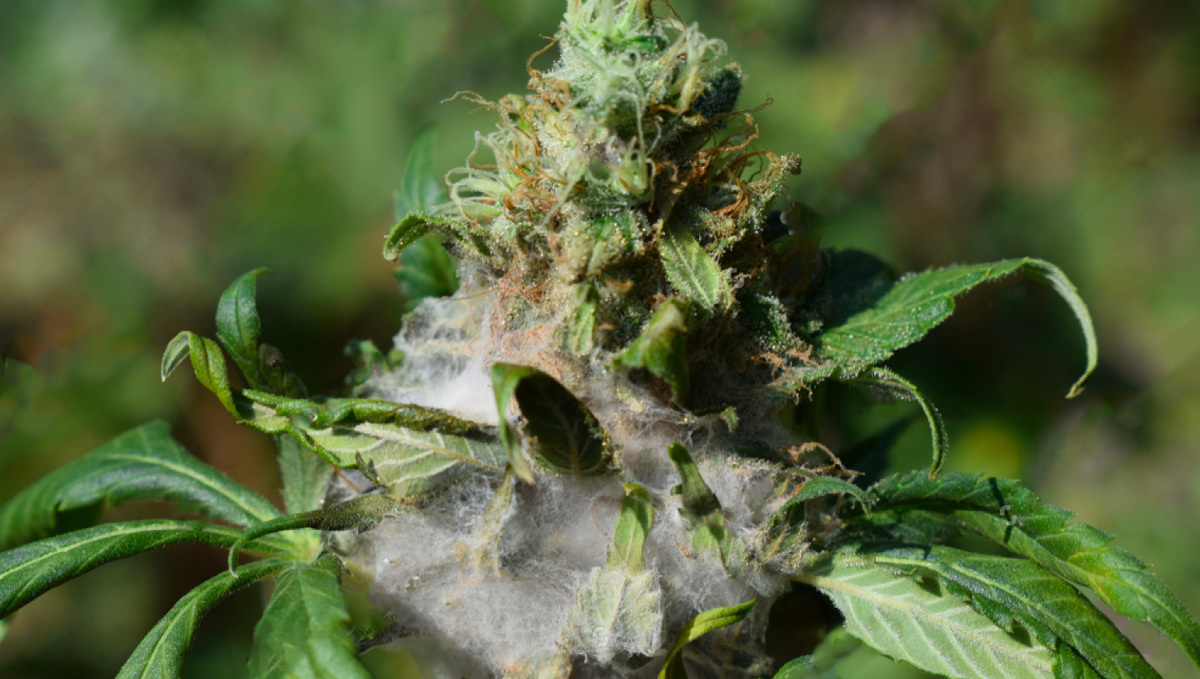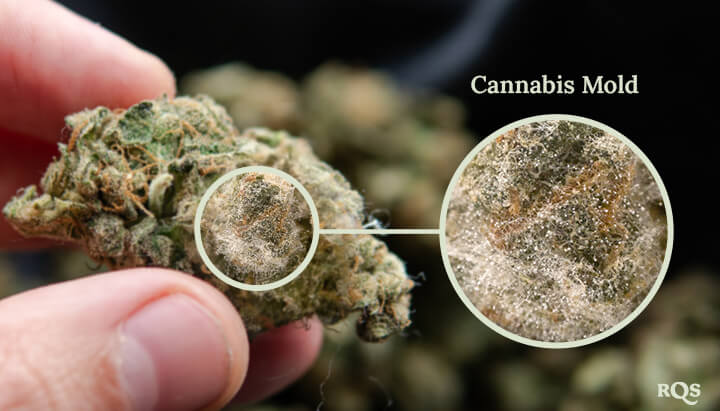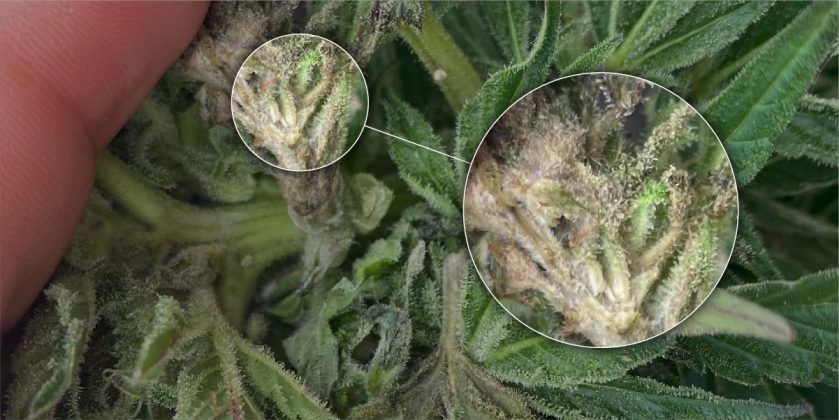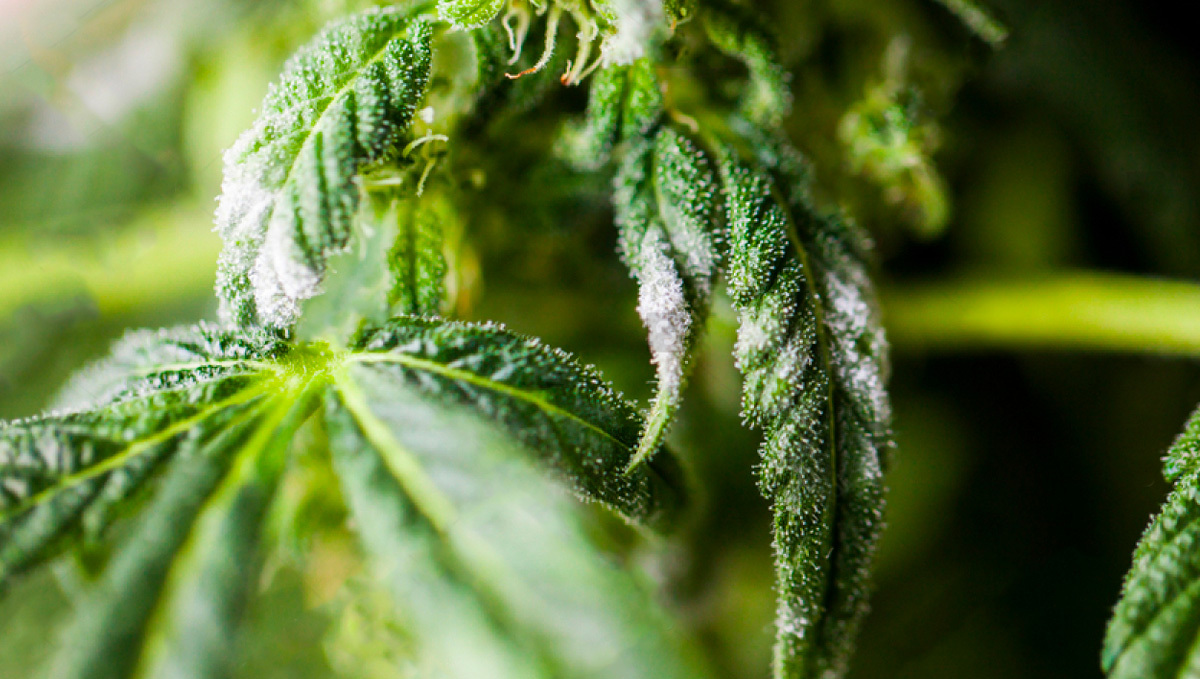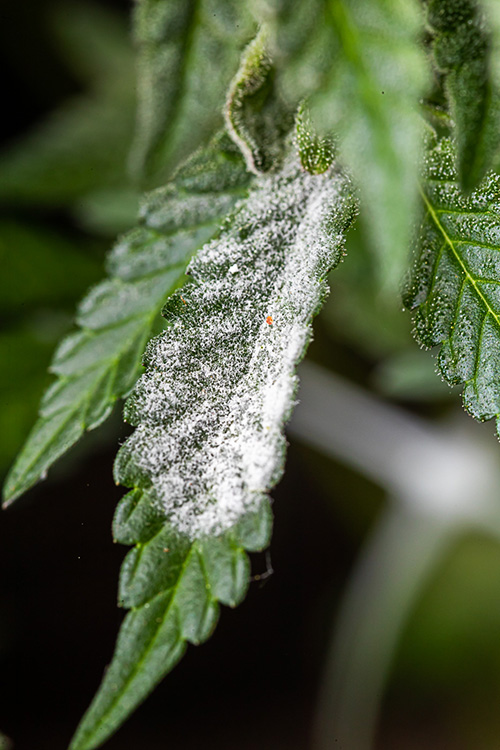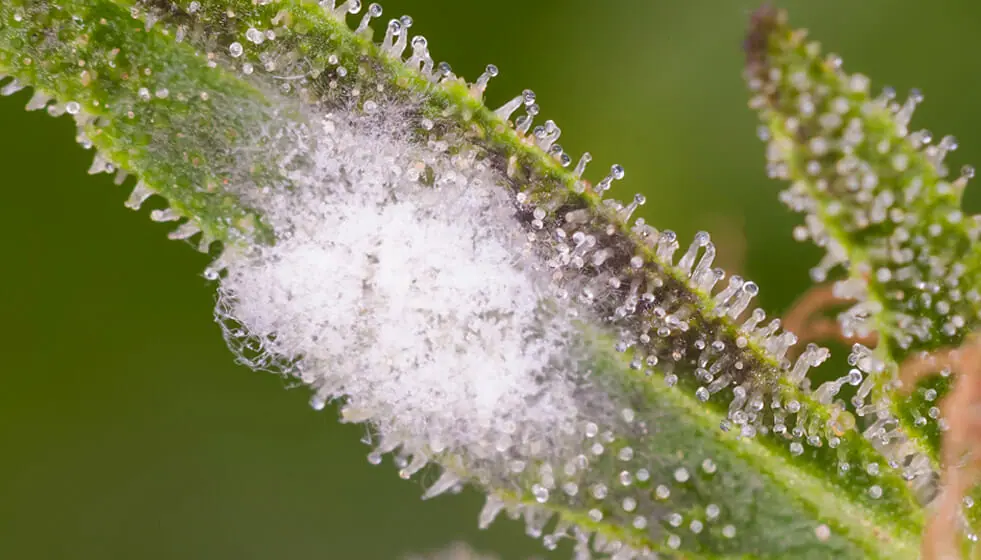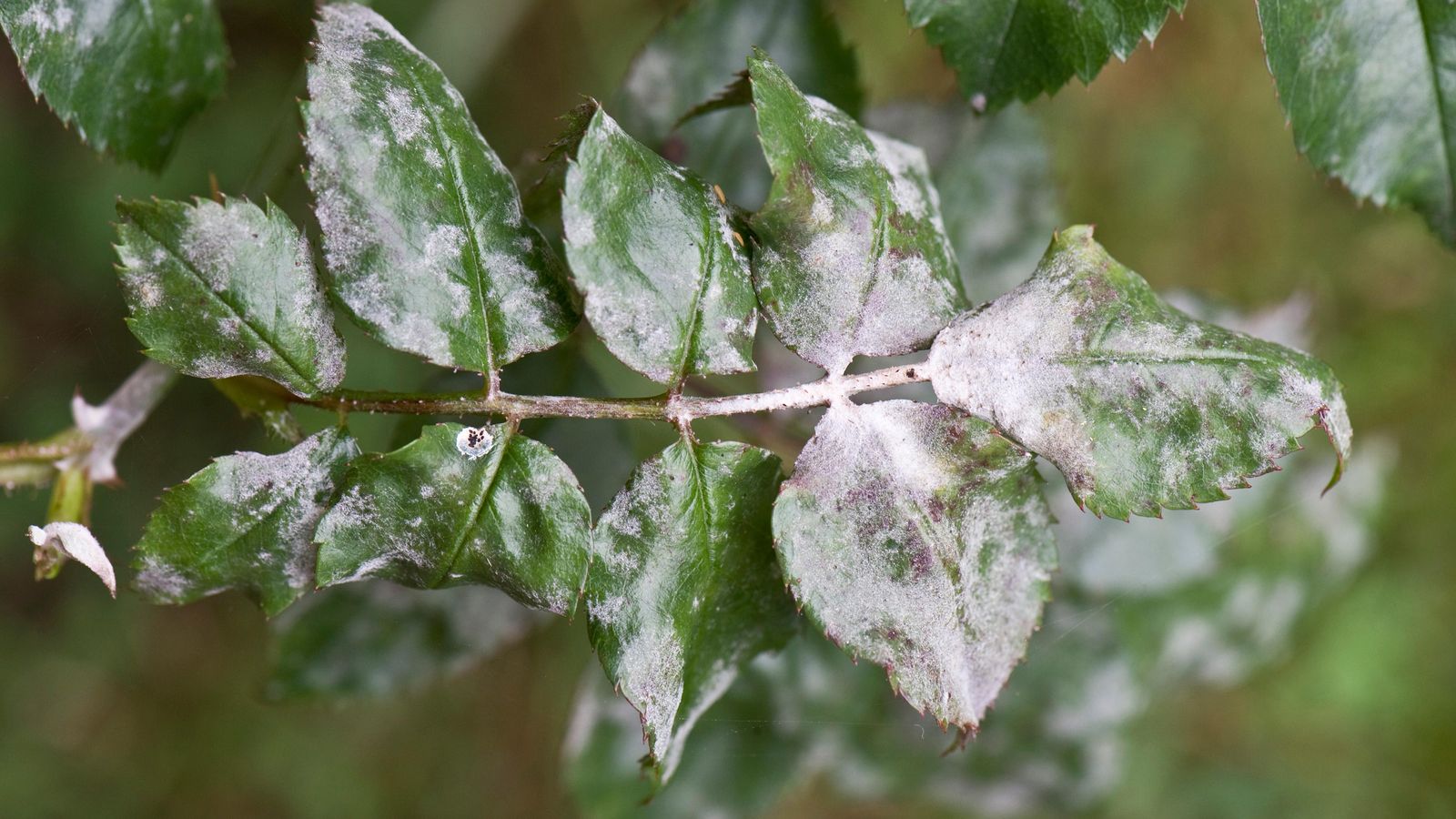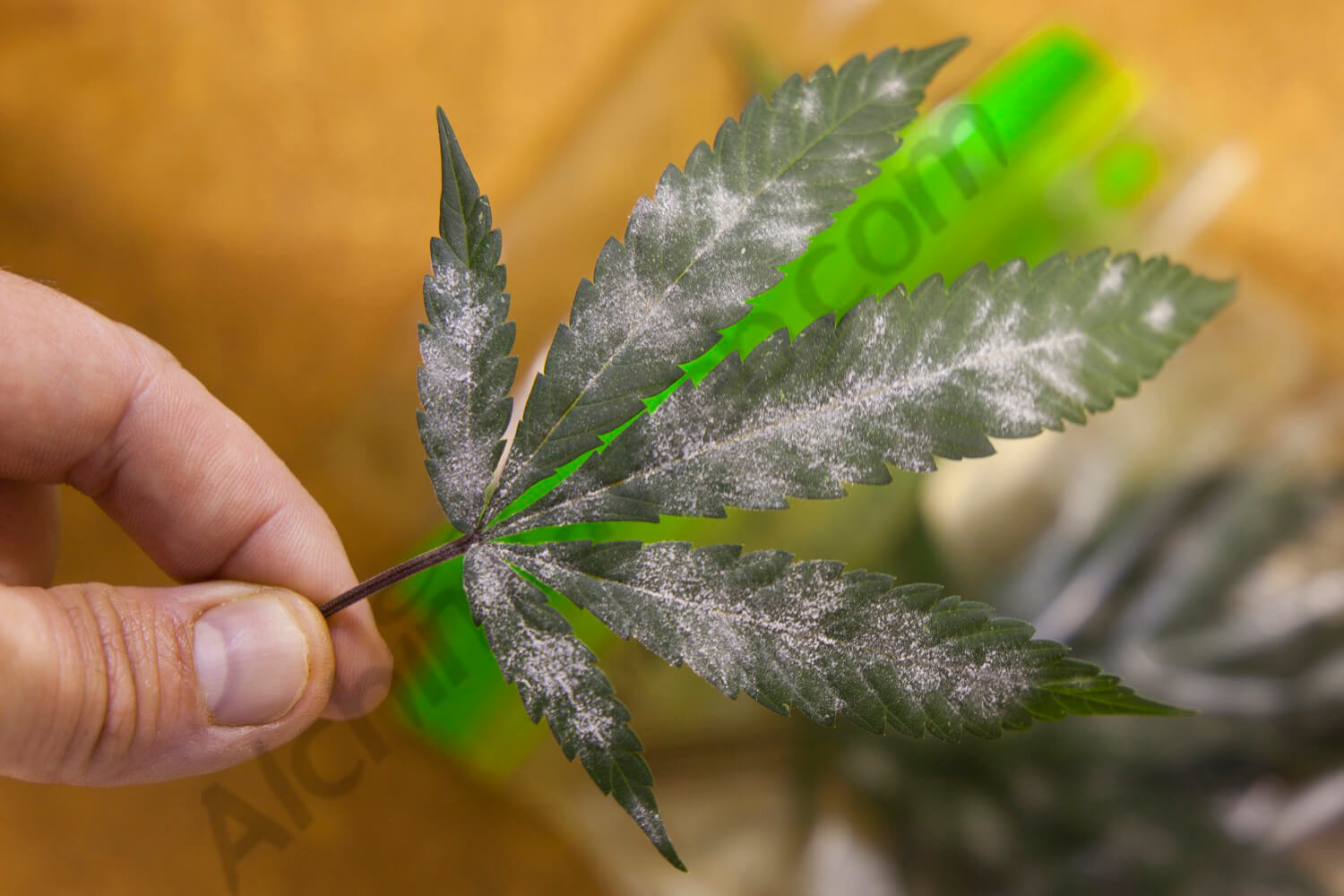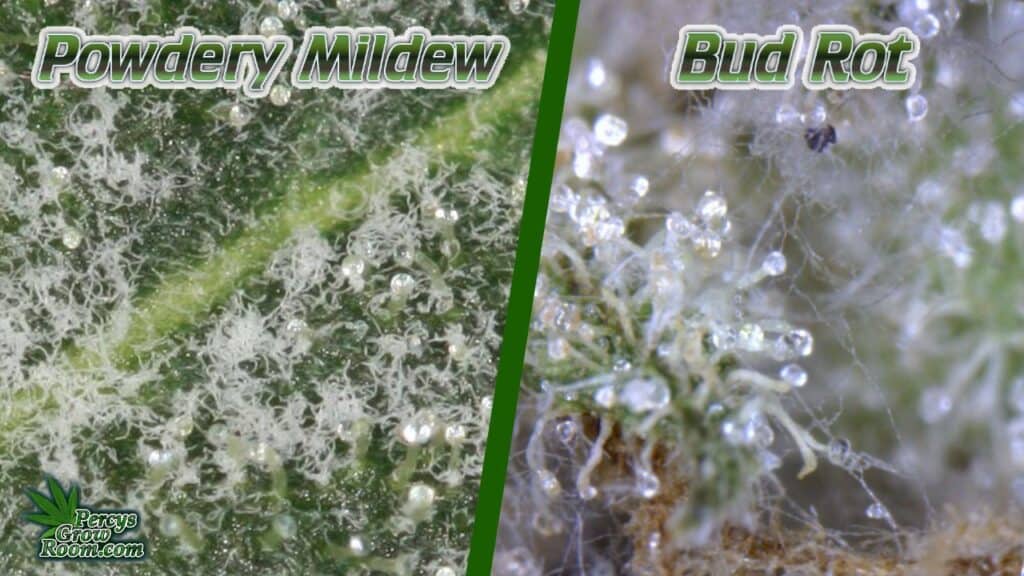White Mold On Buds While Drying
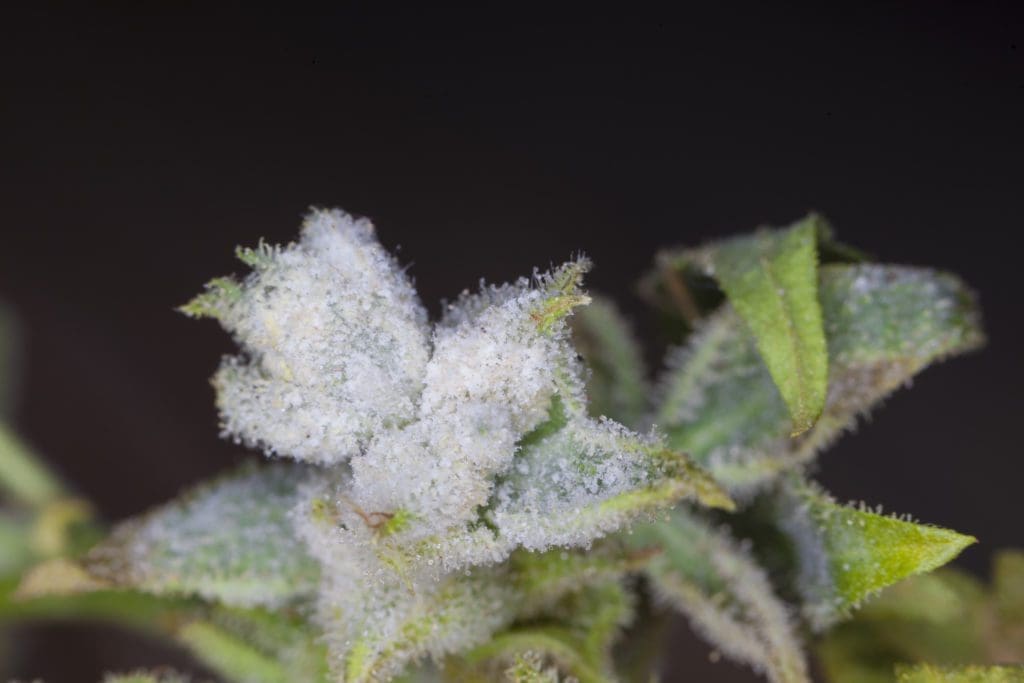
Urgent warnings are circulating among cultivators as reports of white mold outbreaks during the crucial drying phase of cannabis harvests surge. This insidious growth can decimate entire crops, leading to significant financial losses and potential health risks.
The rapid spread of this mold highlights the critical need for heightened vigilance and immediate implementation of preventative measures to safeguard valuable cannabis harvests. Early detection and swift action are paramount to mitigating the devastating impact of white mold during the drying process.
Understanding the Threat: White Mold on Drying Buds
White mold, often caused by various fungal species including Botrytis cinerea (also known as bud rot), thrives in humid and poorly ventilated environments. These conditions are unfortunately common during the drying phase when moisture is intentionally present to slowly cure the harvested cannabis.
The mold manifests as a fuzzy, white or grayish growth on the buds, stems, and sometimes even the surrounding infrastructure. This visual sign is often accompanied by a musty odor.
According to a 2019 study published in the journal "Phytopathology," Botrytis cinerea can cause up to 50% yield loss in certain cannabis strains under favorable conditions. This makes it a significant economic threat to the industry.
Who is Affected and Where?
Reports of white mold outbreaks are emerging from various cannabis cultivation regions. These include areas with naturally high humidity, such as the Pacific Northwest and the Southeast United States.
Both indoor and outdoor cultivation facilities are susceptible, although indoor environments allow for greater control over environmental factors.
Small-scale growers and large commercial operations alike are facing this challenge. The financial impact can be devastating, regardless of the scale.
When is the Risk Highest?
The risk of white mold contamination is highest during the drying and curing phases, typically lasting between 7-14 days. This timeframe is when harvested cannabis buds are most vulnerable.
Fluctuations in temperature and humidity during this period can exacerbate the problem, creating ideal breeding grounds for the fungus.
Pay particular attention to weather patterns. Sudden increases in humidity or prolonged periods of dampness can trigger outbreaks.
How to Identify and Combat White Mold
Early detection is crucial. Routinely inspect drying buds for any signs of white or gray fuzz. Use a magnifying glass for closer examination.
Maintain strict environmental control. Aim for a temperature range of 60-70°F (15-21°C) and a relative humidity of 50-60%.
Ensure proper air circulation. Use fans to prevent stagnant air and create consistent airflow around the drying buds.
If mold is detected, immediately remove and discard the affected buds. Do not attempt to salvage them as the spores can spread easily.
Implement preventative measures such as spraying with a biological fungicide approved for cannabis use. Consult with a qualified agricultural advisor for specific recommendations.
Consider using air purifiers with HEPA filters to remove airborne mold spores from the drying environment.
According to a 2021 report by Cannabis Business Times, proactive environmental control measures can reduce the incidence of white mold by as much as 80%.
Best Practices for Drying and Curing
Hang buds individually or on racks to maximize air exposure. Avoid overcrowding.
Monitor humidity levels closely using hygrometers. Adjust ventilation as needed.
Burp curing jars regularly to release excess moisture and prevent mold growth during the curing process.
Consider using dehumidifiers to maintain optimal humidity levels, particularly in humid climates.
The Aftermath and Next Steps
Growers experiencing white mold outbreaks are urged to review their drying and curing processes. Identify potential areas for improvement in ventilation, temperature, and humidity control.
Consult with agricultural experts and other growers to share experiences and learn best practices for preventing and managing white mold.
Increased research is needed to develop more effective and environmentally friendly solutions for combating white mold in cannabis cultivation. Collaboration between growers, researchers, and regulatory agencies is essential.
Continued monitoring and vigilance are key to protecting cannabis harvests from the devastating effects of white mold.
